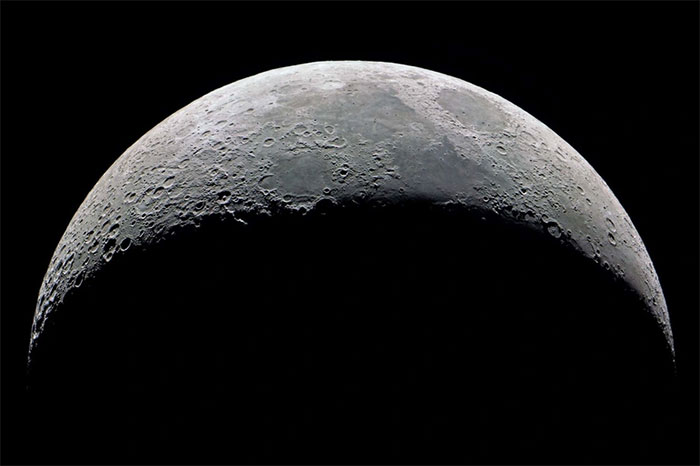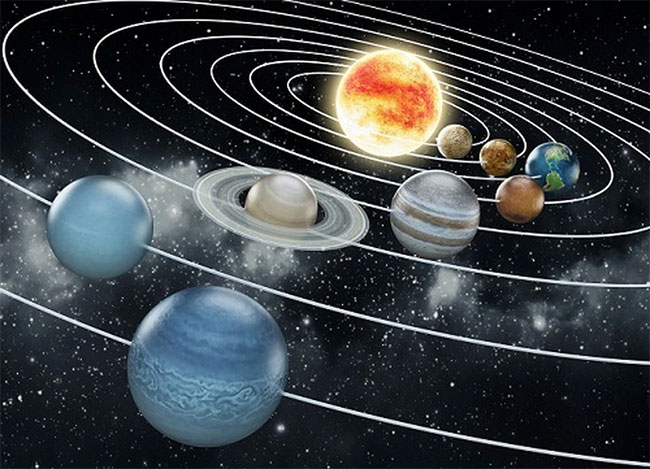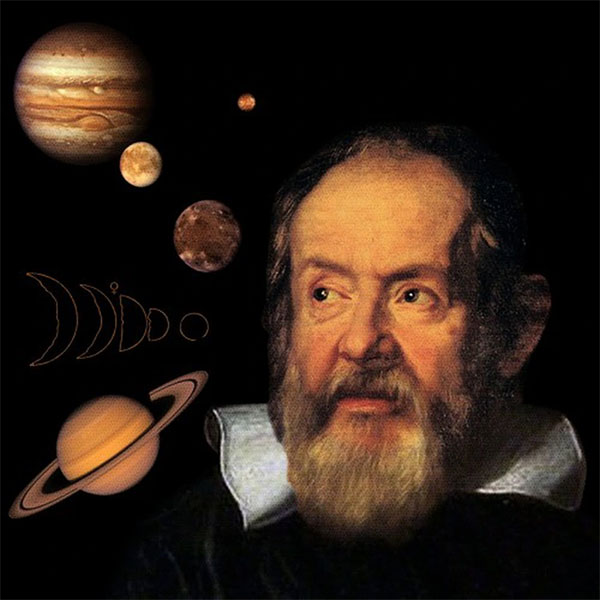Many celestial bodies in the Solar System could qualify as “planets,” including Earth’s moon and many other moons, as well as some “dwarf planets” or “asteroids.”
The International Astronomical Union (IAU) has a very strict definition of the term “planet.” According to the definition—drafted, revised, and agreed upon in August 2006—a celestial body is officially considered a planet if it orbits the Sun, has sufficient mass to assume a nearly round shape, and has “cleared” its neighboring region around its orbit.

The moon could be considered a planet. (Photo: AP).
Under this strict regulation, only 8 celestial bodies in the Solar System can be considered planets, which are: Mercury, Venus, Earth, Mars, Jupiter, Saturn, Uranus, and Neptune.
Interestingly, this definition excludes Pluto from the list of planets in the Solar System, a move that has sparked considerable controversy among many scientists. Over time, they have called for the development of a more comprehensive and precise definition, based solely on the physical characteristics of the celestial bodies in question.
Led by scientist Phillip Metzger from the University of Central Florida, researchers are advocating for the recognition of a third criterion, which is that there is or has been geological activity on its surface.
This would place many celestial bodies in the Solar System into the category of “planets,” including Earth’s moon and many other moons, as well as some “dwarf planets” or “asteroids.”

The Solar System could be redefined by the recognition of “new planets” (Photo: GettyImages).
This may seem to lack convincing grounds; however, the reality is that these celestial bodies share sufficient qualifying characteristics to fall under a common definition, the researchers behind the new study state. “It’s like defining mammals,” Metzger said. “They are mammals whether they live on land or in the sea. It’s not about their location; it’s about the intrinsic characteristics that make them what they are.”
Over a period of 5 years, the research team conducted an in-depth review of scientific literature over the past 400 years regarding planets. They found that gradually, over time, the definition set forth by Galileo in the 1630s has been discarded.
At that time, Galileo argued that planets are objects made up of elements that change over time, just like Earth. Or, as the researchers explain, they exhibit geological activity. The research team also cited Galileo’s argument that planets reflect sunlight rather than produce their own light.
Metzger and colleagues point out that this definition was used until around the 20th century. However, when Pluto was discovered in 1930, it was classified as a planet. But by the mid-1950s, researchers noticed a decline in interest in planetary science, at least according to the research literature, as the number of published papers during this time gradually decreased.

Galileo’s definition of planets in the Solar System has gradually been overlooked and changed to fit prevailing tastes.
“We have shown that through biometrics, there was a period when astronomers paid little attention to planets,” Metzger explains. “And it was during that forgotten period that the propagation of Galileo’s practical definition was interrupted.”
This gap was ultimately filled by folklore, notably through published books that made predictions about weather and theories based on the positions of a few planets. In other words, they were astrology.
“This may seem like a small change, but it undermines the central idea of planets that has been passed down from Galileo,” Metzger said. “Planets are no longer defined by complexity, with active geological layers and potential for life, as well as civilization. Instead, they are defined by simplicity, following certain idealized paths around the Sun.”
Metzger asserts that he will strive to bring Galileo’s theory “out of the shadows,” to make his insights into the universe “clear as crystal.”


















































